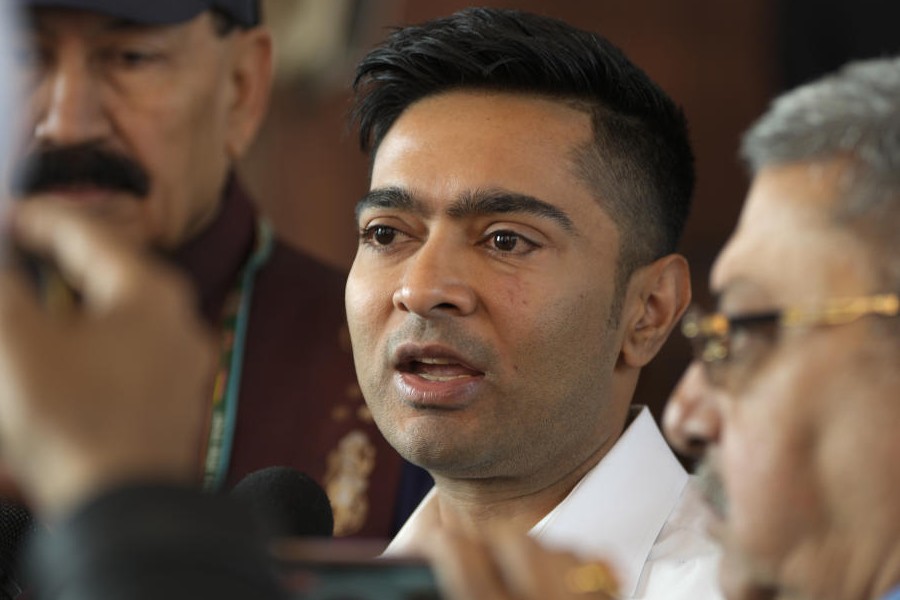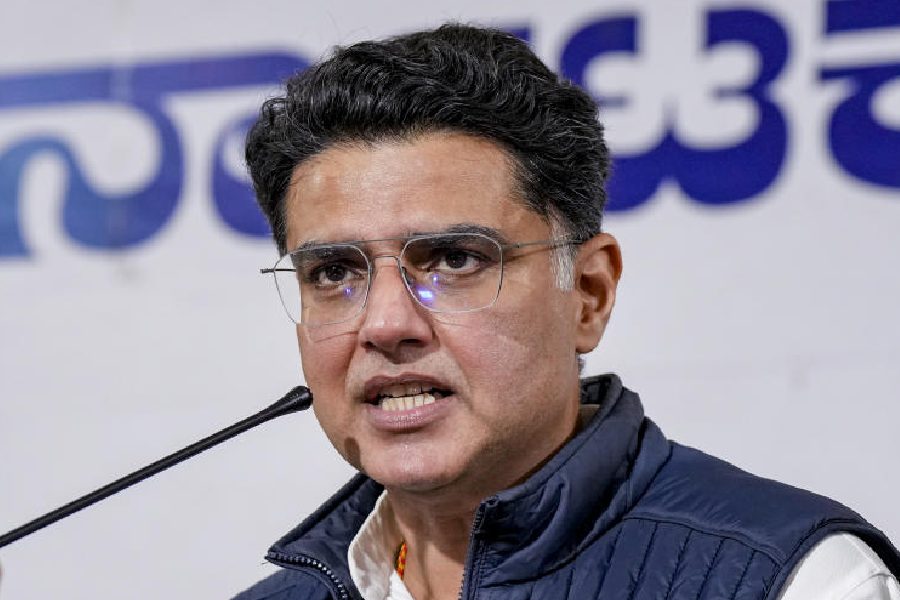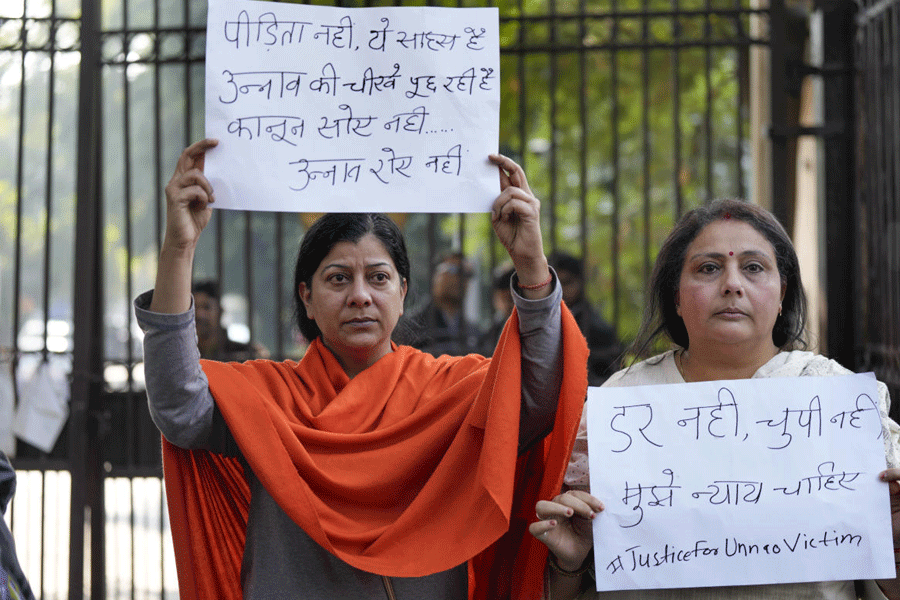 |
 |
| Glimpses of Khardah Jute Mill fallen into disuse |
In retirement, Chittaranjan Banerjee, 67, is taking things easy. He has built a small but comfortable house in Khardah close to the Hooghly. He had worked for years in various jute mills in the industrial belt along the Hooghly and retired as production manager.
When he started working in 1963, those who used to supply raw jute began to take over the mills from their European and Scottish owners. Trade unions began to throw their weight around from 1970.
The Bengali babus and sardars, mostly upcountry and Oriya, on whom the Europeans depended a lot, gradually began to lose their hold, says Banerjee. The sardars used to rule the labourers, most of whom they recruited from their own villages. Technological knowledge of a high order was needed in two departments — batching for determining the various grades of raw jute on which depended its “spinability”, and secondly, weaving, which required highly-skilled workers, who could tell from the noise of looms if these were working properly or not. Thanks to workers’ skills, production was high and breakdowns were few.
Later, mills had 10 to 12 trade unions, says Banerjee, and everybody had to pay subscriptions to all of these. Up to 1984, mill owners conceded most demands of trade unions. But salaries rose to such an extent that these were beyond the means of mill owners.
“Apprentices”, who were less efficient but cheap, agreed to join. Salaries began to decline, and union leaders realised that their demands were unrealisitc. Mills began to close.
Now even in the ones still in operation nepotism is one big problem. In ownership-based jute mills there is a tendency to recruit relatives and people close to the owners, who are not necessarily competent, as management staff.
Banerjee had said that the Scotsmen, who ruled the roost in jute mills when he started working, used to have strong likes and dislikes.
However, Bhupendra Nath Kochar, who is a well-known consultant now and had joined Anglo Indian Jute Mills owned by Duncan’s in 1956, says there was a warm interpersonal relationship between the Europeans and the Indian officers, and “in a club I am your friend”… In other words, rank never mattered when the Brits relaxed. Perhaps there was some kind of camaraderie among the executives, irrespective of skin colour.
Anil Kumar Ghosh, 88, one of the first Indians to be appointed a covenanted officer (the first was Lord Sinha) with McNeill’s, says the good life that officers of jute mills enjoyed spoilt them for life.
But his three sons, all of whom were meeting at their Kalighat residence during their winter holidays last month, don’t seem to regret that. Anil Kumar says he graduated from Presidency college in 1941, and McNeill’s was a wholly European company when he joined it. As a covenanted assistant he enjoyed the same perquisites as his European counterparts, including furlough after every three years.
Mills constructed on tracts covering acres upon acres, fruit gardens with mango and litchi groves, centrally air-conditioned bungalows, red carpet on staircases, double seating areas — one overlooking the Hooghly, 12-seater dining rooms, swimming pools, lawns, grass courts for tennis and bowling greens were taken for granted in these industrial units.
Of these, the “best jute mill of the world” was Gouripur Jute Mill at Naihati. There were 250 officers, 500 clerks and 11,500 labourers, and Ghosh was at the top of the hierarchy. It was impossible to move around with a car or at least a bicycle.
The club was first rate and it had an excise licence. Every Sunday after a tennis match there would be beer parties, swim and lunch. At the annual tamasha, other companies of the same group would join in. Subsequently, the parties became more Indianised and Hindustani classical programmes were held. This was the next generation after the Europeans.
Since Ghosh was head of the unit it was his wife’s duty to play gracious hostess and distribute the flowers and fruits produced in the mill compound among the officers.
The mill had its own train and its engine was a museum piece. It carried coal to the power house. The Gouripur mill had its own water filter plant and captive electricity and water supply system. Ghosh said the labourers in his group could read the company balance sheet.
All the houses had fireplaces, hot water boilers and pantries and were staffed by well-trained servants. Many foreigners, including Lord Inchcape, came visiting in winter.
His eldest son Abhijit, who works in Africa now, has the most vivid memories. He remembers the spit and polish, the heavy mahogany furniture, the bath tubs and marble tiles, and above all his father’s personal valet or “bearer”, fondly addressed as “buro dada.” It was his duty to help his “sahib” with the morning ritual of getting dressed in white and facing the day.
On his fifth birthday in 1959, at Ganges Rope in Howrah, a fairground covering two tennis courts was set up and 500-600 people were invited. Ganges Rope mill is now Gardens Gardens, an apartment block.
Once gunny bags had fallen out of favour it spelt disaster for the jute mills. The golden fibre is back in fashion. But life in jute mills can never be the same again.
soumitra.das@abp.in











